The Other Riviera: Exploring Occitanie on the Mediterranean
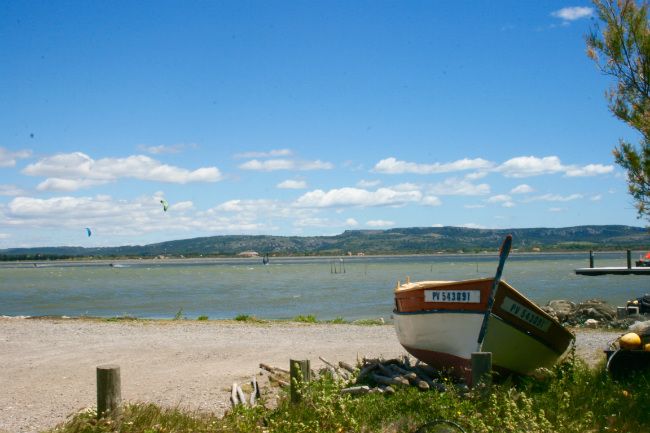
Over three hundred days of sunshine a year, long stretches of Mediterranean coast and inland lagoons, fantastic water sports, walking and cycling, protected national parks and some of the best food and wine to be found in the whole of France. The Languedoc area of the Mediterranean enjoys an enviable excess of delights which explains why it has been variously colonised by Phoenicians, Greeks, Romans, Visigoths and Moors over the centuries.
Hence the Languedoc region (now part of Occitanie) has some of France’s most spectacular and interesting historical sites including La Cité in Carcassonne, the world’s largest medieval castle and France’s second most visited sightseeing attraction after the Eiffel Tower. All around, the beautiful and varied countryside remains largely unspoiled with olive trees, Mediterranean oaks, and almond and cherry trees in the hills while traditional avenues of plane trees line many roads as well as the Canal du Midi, creating shaded tunnels from the heat of the summer. Towards the coast there are the vines and garrigue, wild beaches, lagoons and spectacular views across the water to the snow-capped Pyrenees.
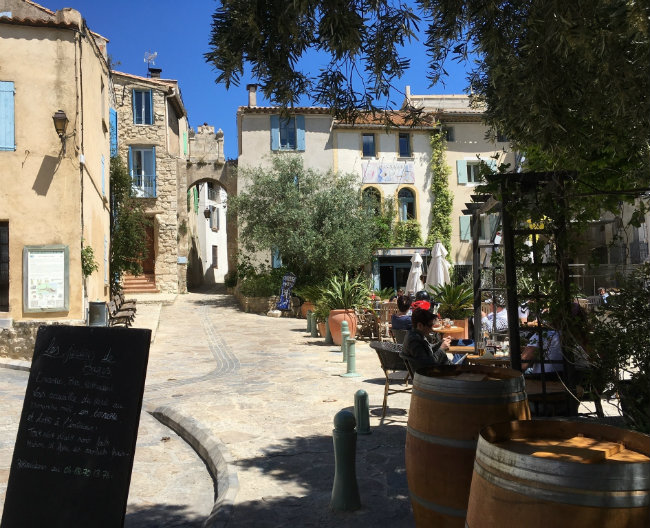
Photo: Nadia Jordan
Often referred to as “the Real South of France”, the Languedoc has all the advantages of the French Riviera without the downsides. Its location, between the Pyrenees and the Mediterranean, makes for a perfect climate with sunshine for most of the year but with cooling winds, even on hot summer days. Here, you can find some of the most glorious beaches in France as well as vibrant fishing villages, rolling vineyards and olive groves fringed with Cypress trees, medieval castles, snowcapped mountains and thriving market towns. Additionally, in many places, the Languedoc offers two coastlines: one adjacent to the sea itself, and another further inland along the shores of the area’s many inland salt water lagoons or ‘étangs’.
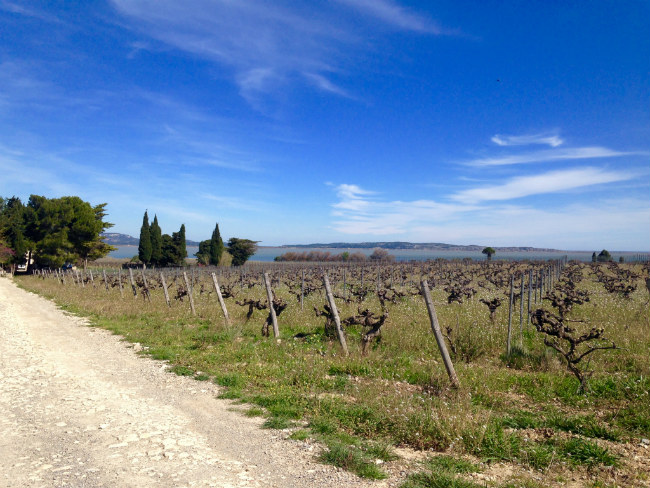
Photo: Nadia Jordan
On these lagoons, there are some glorious villages tucked away ‘les pieds dans l’eau’ such as the little fishing village of Bages in the Aude (11100), sitting on a rocky outcrop with spectacular views over the water. Located in the protected natural park, the Parc Naturel Régional de la Narbonnaise en Mediterranée– which covers around 80,000 hectares of lagoons, wetlands, beautiful beaches, pine forests and rocky massifs– Bages is that very rare thing: an authentic and picturesque Mediterranean fishing village on a hilltop, set between vineyards, lagoon and sea with its traditional French character and village life still intact. Probably a little like Collioure before the tourists and coach parties took over and, thanks to the protection that the natural park status offers, Bages has managed to retain its traditional feel and way of life despite being just 15 minutes from Narbonne and on one of the most beautiful stretches of the Languedoc coast.
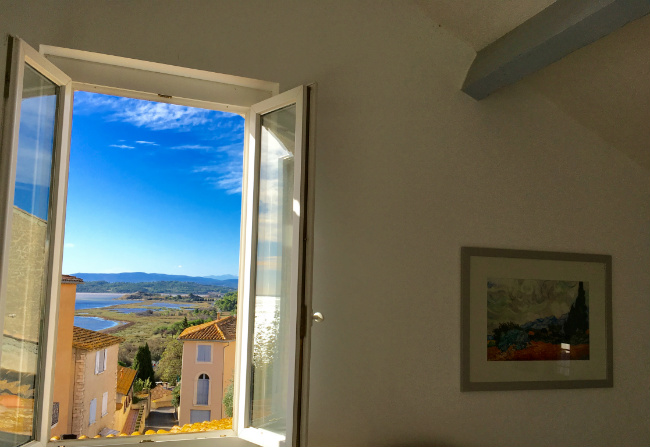
Photo: Nadia Jordan
Bages dates from the 11th Century and is situated in the wine-growing area of Corbières, overlooking a vast Mediterranean lagoon and natural park, home to flocks of pink flamingos and an extraordinary assortment of birds (350 species have been spotted here). There is still a small fishing industry and the village is famous for eels, sold in nearby Narbonne and exported all over the world. It is an idyllic location in a wild, picturesque and lightly populated pocket of the otherwise crowded Mediterranean French coast.
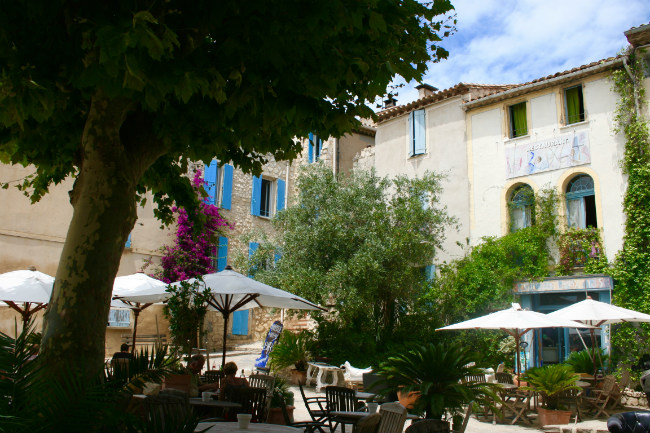
Photo: Nadia Jordan
The village itself has three restaurants, one of which is also a café and small shop with organic fruit and vegetables, fresh bread and general supplies. Thanks to its picturesque setting and charm, the village also attracts artists and there are a couple of lovely art galleries. The landscape all around is a spectacular mix of saltwater lakes, sea, mountains, islands, lagoons, flora and fauna and vineyards providing a unique landscape and offering a wealth of outdoor activities for holidaymakers. You can walk around parts of the 75km Gulf Path; cycle along the numerous bike paths; swim; sail; kayak; windsurf; kitesurf; fish; row to the islands; spot flamingos, herons, cormorants, and storks; visit local vineyards for a wine tasting; or just sit and enjoy the views.
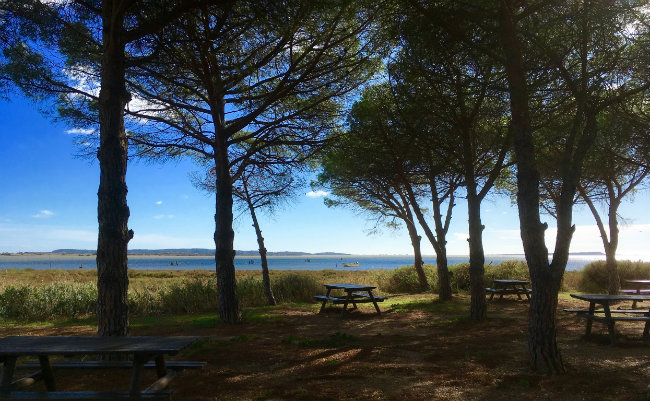
Photo: Nadia Jordan
A cycle ride away from Bages in Peyriac de Mer (6km) are more restaurants and a choice of vineyards with wine tasting. The cycle tracks are spectacular and a great way to see the numerous birds on and around the lagoon. Across from Peyriac is the hidden beach of Doul and swimming here in the little Etang de Doul near Peyriac is an interesting experience as the water is said to be 43% salt, similar to the Dead Sea. For something entirely different, just 15km to the south of Bages is the Sigean African Safari park with over 3,500 different animals and a great day out.
Slightly further afield, there have been salt farms in the Languedoc-Roussillon region since Roman times and the Saint Martin’s Island Salt Marshes near Gruissan are part of a protected environment where this trade continues. Here you can take a guided walk across the marshes, including a commentary on the birds and salt-loving flora, to see production techniques on the salt pans.
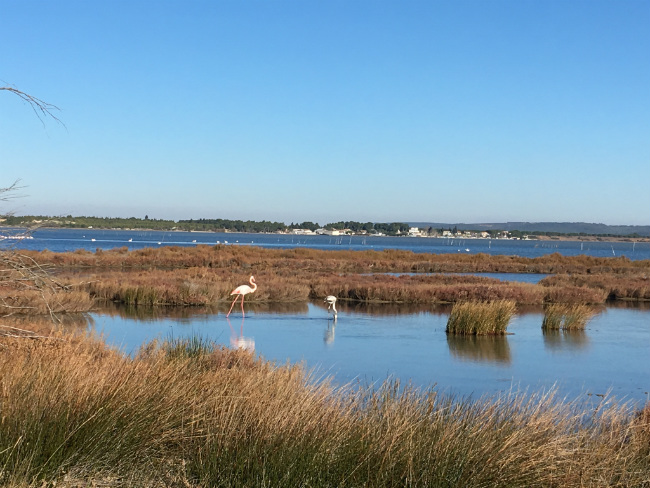
Photo: Nadia Jordan
For history and architecture buffs, in the wilds of the Corbières countryside, close to Narbonne, you will find the Cistercian Abbaye de Fontfroide tucked away in an unspoiled valley at the end of a road lined with pine trees and vines. The setting and surroundings is almost as impressive as the abbey itself. The abbey we see today dates from the 12th century (with substantial 17th century additions), although the monks had already been situated here for a century before that. Despite a tumultuous history, the building is miraculously preserved with its church, cloister, 12th century chapter house and lay clergy building all still intact. The abbey includes the Gustave Fayet museum, the library and a rose garden. The monument attracts over 110,000 visitors annually and offers a variety of visits and special tours including a tasting of the Corbières AOC wines of the abbey’s wine cellar. There is also a restaurant.
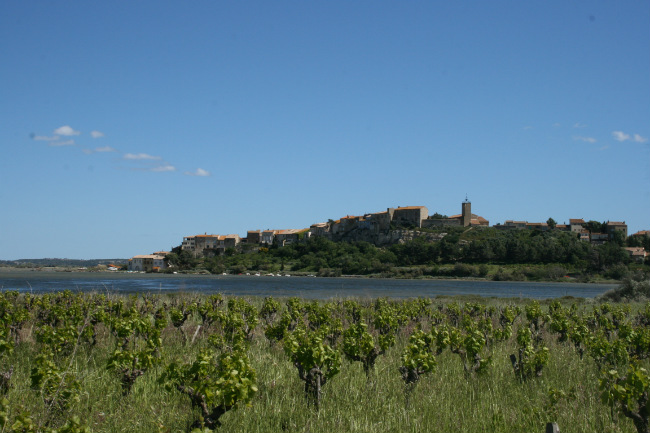
Photo: Nadia Jordan
The south’s most attractive cities are all collected in this region: Narbonne, Carcassone Perpignan, Montpellier, Beziers. In addition, all the famous golden beaches of the Languedoc are on its doorstep, Narbonne-Plage, Gruissan and La Franqui, plus Collioure is just an hour south, making an easy day trip. (Take the train from Narbonne to avoid the summer traffic and parking problems.) Just beyond: the Spanish border and Barcelona within two hours.
Narbonne is lesser known than many of the Languedoc’s cities but it is a vibrant and historic Roman city with a cosmopolitan atmosphere– well worth a visit. The historic centre has recently been pedestrianised around the Canal de la Robine (which links to the Canal du Midi), creating a majestic tree-lined avenue surrounded by quintessentially French buildings leading to the impressive cathedral of Saint-Just and the Archbishop’s Palace. All around the historic quarter are narrow lanes of shops and cafés, bars and numerous pretty squares. The town also has a distinctly Spanish vibe and an exceptional covered market, ‘Les Halles’ which is a Narbonne institution and sells fresh produce directly supplied by fishermen and local farmers. There are plenty of excellent restaurants here too, supplied from the 72 stalls some of which are run by the same families that have owned them for generations.
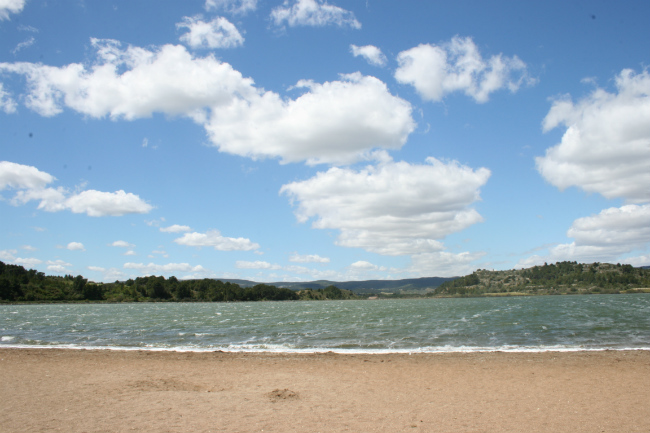
Photo: Nadia Jordan
Good food and good wine are an essential part of life for the people of Languedoc and wine production is the area’s main industry. Winemaking in the Languedoc dates back to Roman times and today’s dynamic generation of winemakers produce exciting, elegant and superbly crafted wines which hold their own against the best of France, Europe and the New World. Less stuffy than Bordeaux and with far fewer tourists than Provence, the Languedoc region offers the best of both of its wine-producing neighbours and is currently one of the most interesting wine-making regions in the world. Its huge range of wines is now widely acknowledged by critics. This was not always the case but times have changed and, during the last ten years, quality has started to take priority over quantity. Vineyards have been replanted with more interesting grape varieties as adventurous wine makers buy up vineyards and offer wines blended in more novel ways. Passionate wine makers from South Africa, Australia, UK, America and other parts of France are converging on the region to create wines of great subtlety and complexity. The Languedoc-Roussillon extends from the Rhône-Delta to the Spanish border and, as such, is the world’s largest vineyard with 240,000 Hectares (600,000 acres) under vine.
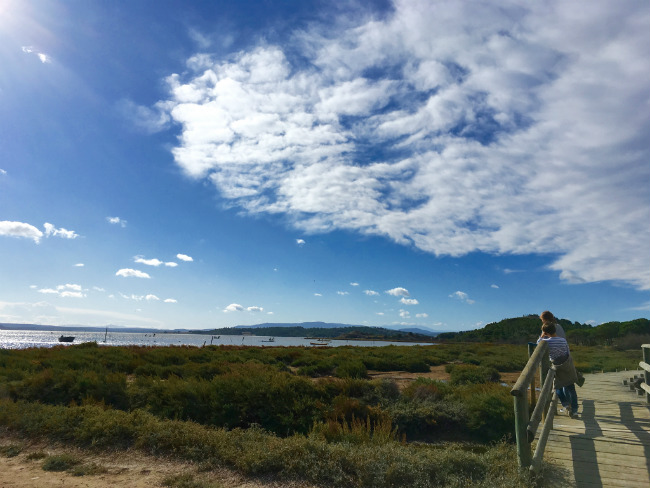
Photo: Nadia Jordan
The wine region known as La Clape, just to the south of Narbonne, between Gruissan and Bages, is thought to be the first place in France where the Romans planted vines for winemaking. Here the vines go right down to the sea and it is said that you can taste the Mediterranean in the grapes. The area has just been awarded the highest wine classification possible, the Appellation d’Origine Protégée or AOP—making La Clape the new, must-have wine of France.
This part of the Languedoc seems to encapsulate all that is best about France and yet the majority of tourists to the region (over 80%) are French. Go now before the rest of the world discovers this absolute gem.
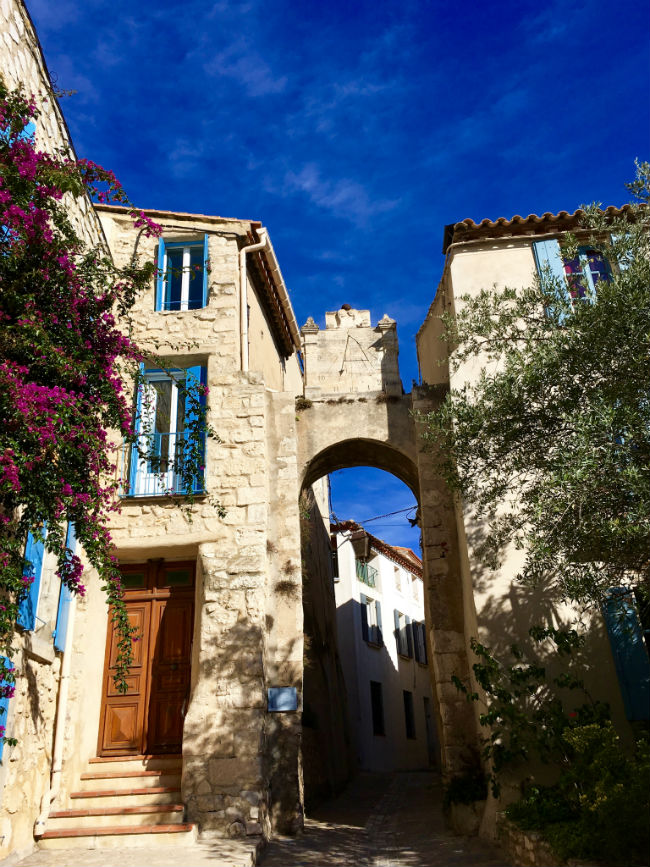
Photo: Nadia Jordan
ESSENTIALS
Places to Eat
Narbonne – Les Halles
Les tapas de La Clape: About 300 La Clape Wines can be tasted along with your tapas
Chez Bebelle: The star of the market. If you are in the mood for a good piece of grilled meat you must go. Meat comes fresh from the butcher over the aisle and is often thrown over your head and onto the grill.
Bages: Les Beaux Arts Restaurant
Excellent and very friendly restaurant in lovely setting in the village square. Featured in the Guide Gault Millau, guide Champérard, Le Bottin Gourmand, Guide Hubert.
Gruissan: La Cambuse du Saunier
The oyster shack La Cambuse du Saunier, which sits along the Les Sels de Gruissan salt marsh, is the place to eat if you like seafood and a chilled rosé served in a very simple, rustic setting with a great atmosphere.
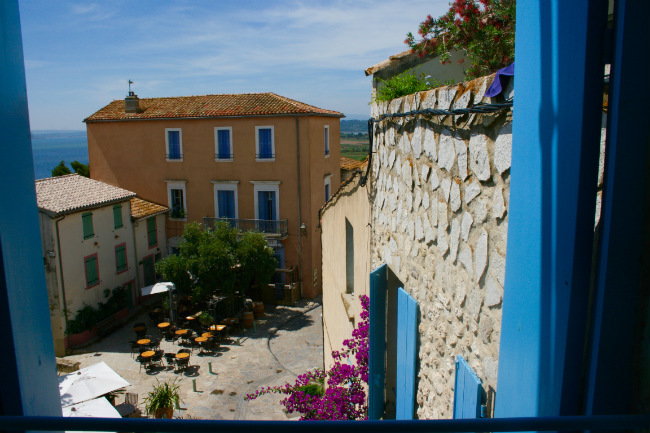
Photo: Nadia Jordan
Places to Stay
Bages: No1 La Place
A very traditional French village house with huge windows and lots of light on the main square in the picturesque Mediterranean fishing village of Bages. The house overlooks the village square and rooftops with views from every bedroom and from the roof terrace to the sparkling water of the Étang de Bages (lagoon) and the Mediterranean beyond. Three bedrooms and roof terrace. Website: www.languedoclocation.com
La Clape: Château Le Bouis
A chateau in the La Clape massif. The rooms have been tastefully decorated and there is a small pool. One part of the Château has been transformed into a restaurant with delightful regional food. From the terrace there is a splendid view of the vineyards, the pine forest and the Mediterranean. Website: www.chateaulebouis.net/hebergement
Narbonne: Hotel la Residence is a 19th-century building furnished with interesting modern takes on French classics. Its location is perfect walking distance from the train station and all the sights. Website: www.hotel-laresidence-narbonne.fr
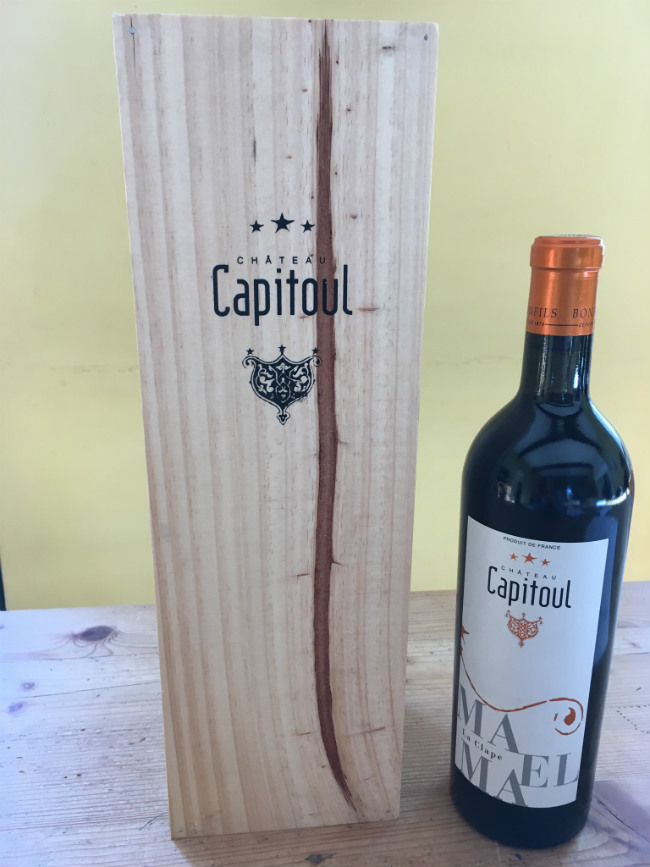
Photo: Nadia Jordan
Winetasting
Château de la Négly is one of the best estates in the entire region, with a tasting room and this stop is a must for wine lovers. Website: https://lanegly.com/fr/
Château Hospitalet is probably the best-known and most highly rated estate. It belongs to the “Prince of the Languedoc,” as Jancis Robinson once referred to Gérard Bertrand. Charismatic Bertrand is a former rugby player and a real ambassador for the Languedoc, where he owns over 400 hectares in different appellations. You can stop just for a wine tasting and choose out of a considerable selection. There is also an excellent restaurant with tasting menu and even a wine buffet with two-dozen different wines. Website: http://www.chateau-hospitalet.com/fr/
Château Capitouls sits atop a small hill on the Route de Gruissan. The castle has been beautifully restored and it should be a stop as you explore the region. Guided tours with a tasting are organised every day. Website: www.chateau-capitoul.com
How to Get There
The Languedoc region is spoiled for easy access and travel connections; it has eight major airports within easy reach connecting to all over the world via both scheduled and low-cost carriers. The motorway for every direction west, east and south skirts the region and there are high speed rail links on the doorstep.
Airports
British Airways to Montpellier
British Airways to Toulouse (International Airport)
Ryanair to Béziers
Ryanair to Carcassonne
Ryanair and Flybe to Perpignan
Ryanair to Nîmes
Ryanair to Girona
Barcelona international airport
Rail: SNCF rail links to Narbonne from all major cities
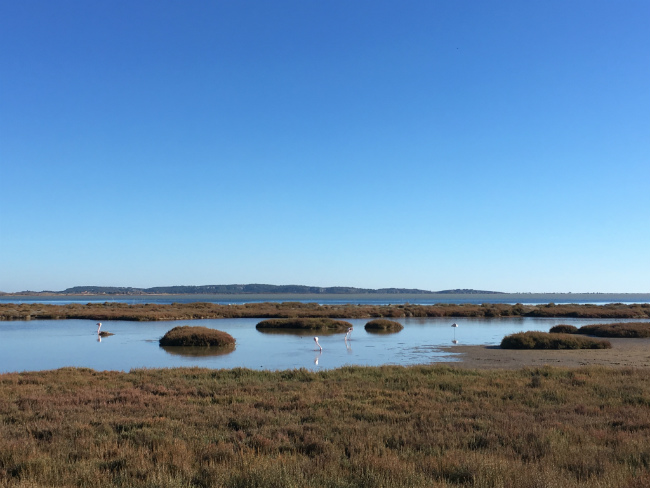
Photo: Nadia Jordan
[snippet slug=”Want more like this?” /]
Share to: Facebook Twitter LinkedIn Email
By Nadia Jordan
Leave a reply
Your email address will not be published. Required fields are marked *

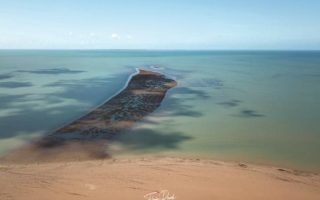


REPLY